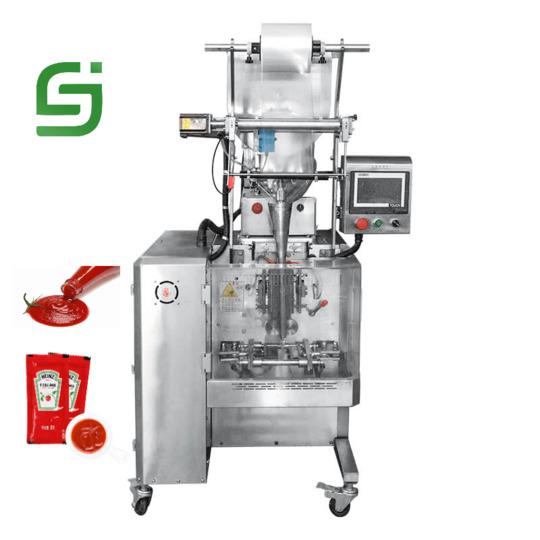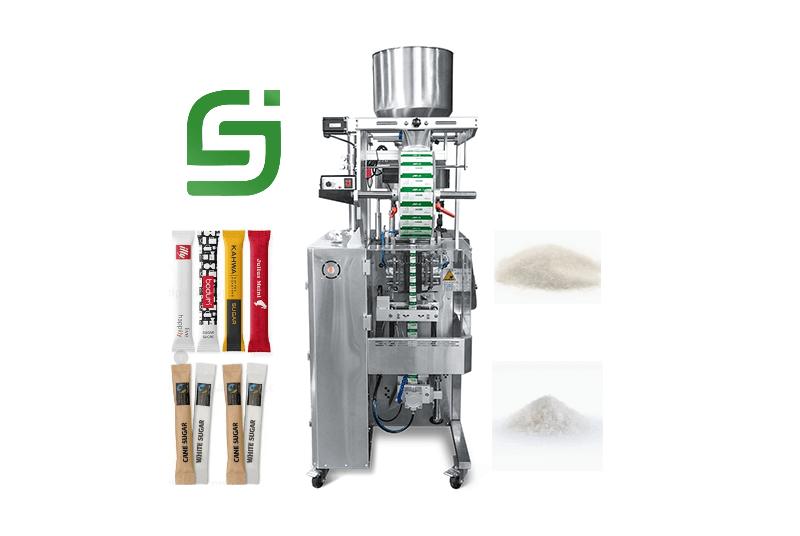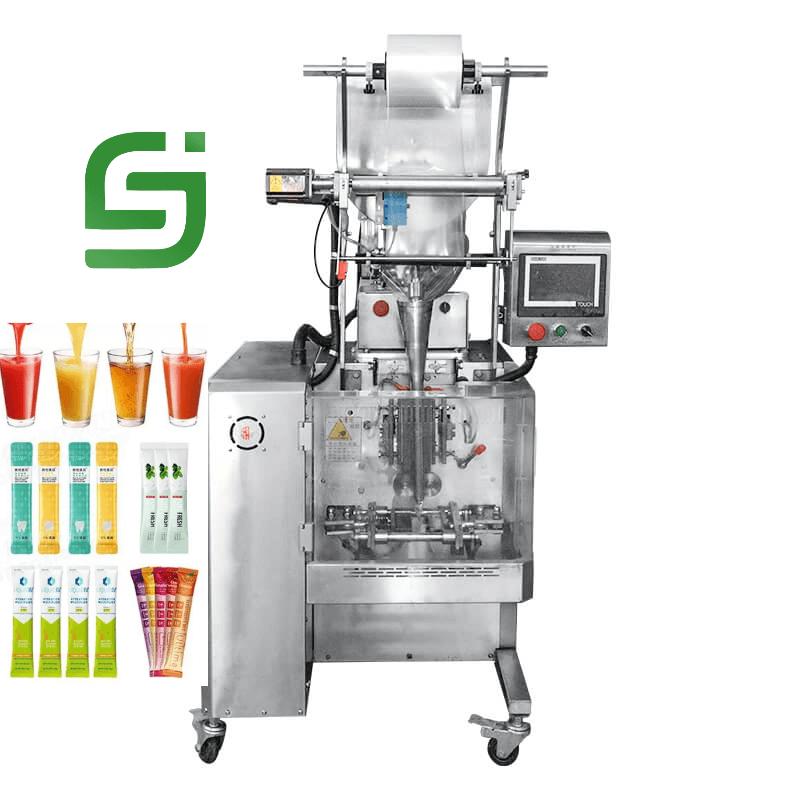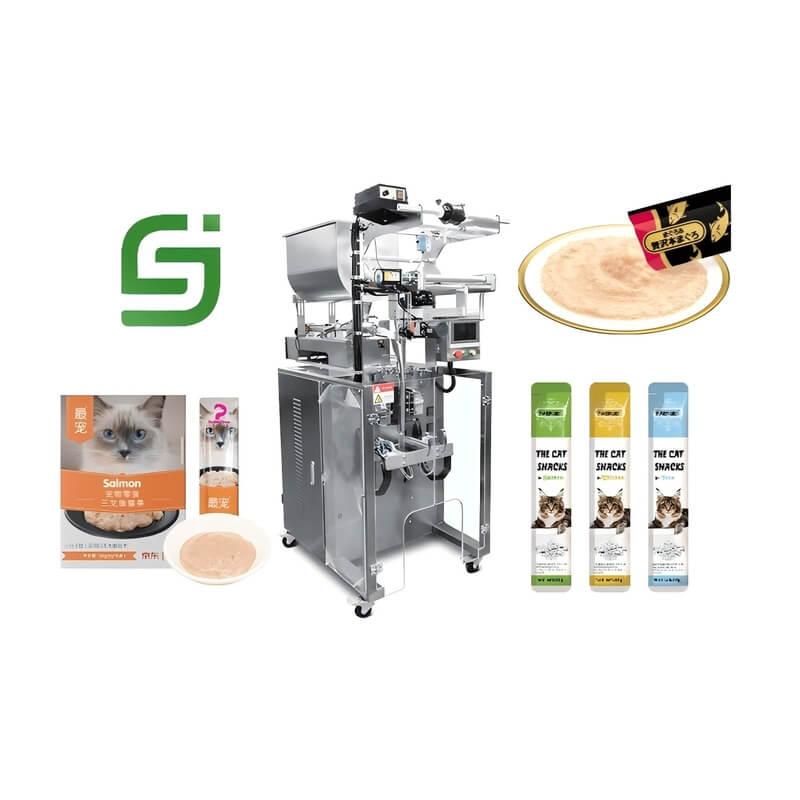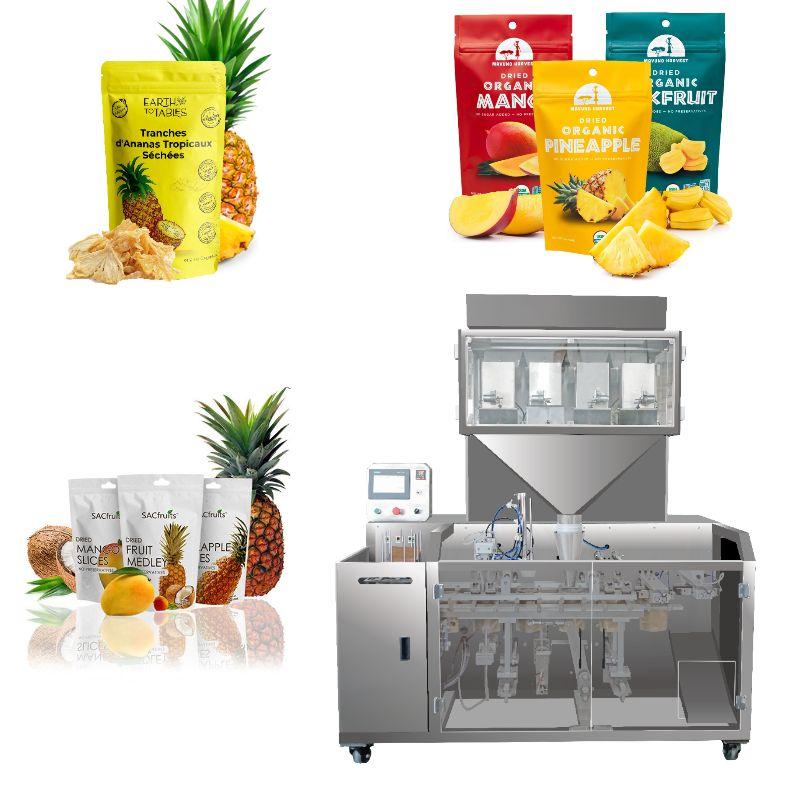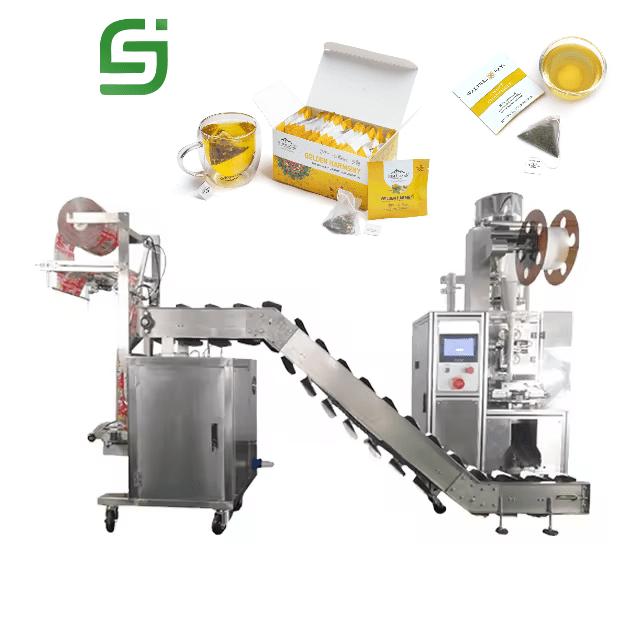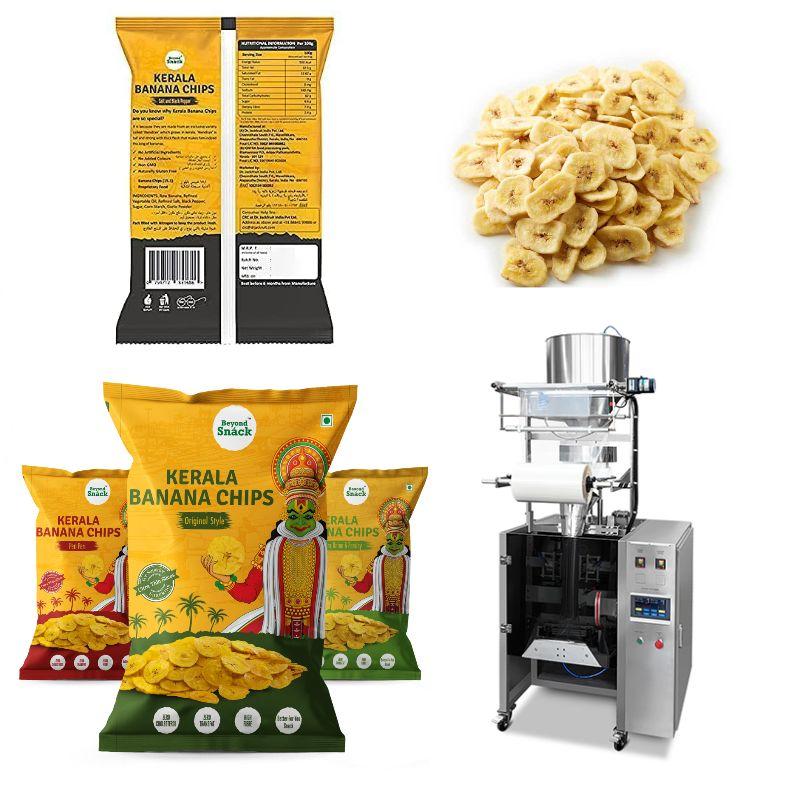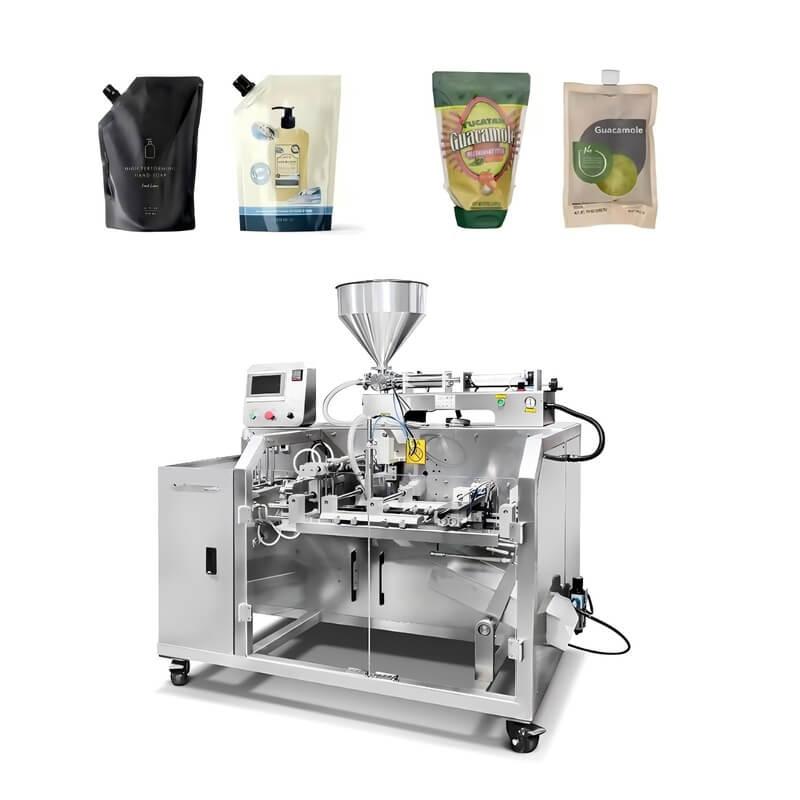Pet food packaging machines play a crucial role in the pet food industry by automating the process of packaging various types of pet foods into containers suitable for retail distribution. These machines are designed to handle specific requirements such as packaging dry kibble, wet pet food, treats, and even specialty items like freeze-dried or dehydrated products. Understanding their functionality and significance helps in appreciating their role in ensuring product quality, efficiency, and market competitiveness.
Types of Pet Food Packaging Machines
There are several types of pet food packaging machines, each catering to different packaging needs:
-
1. Filling Machines: These are used to accurately measure and fill dry pet food into bags or containers, ensuring precise portion sizes.
-
2. Sealing Machines: Sealers ensure that the packaging is airtight and tamper-proof, maintaining freshness and preventing contamination.
-
3. Labeling Machines: These apply labels with product information, branding, and barcodes to the packaging, ensuring compliance with regulatory standards and enhancing market appeal.
-
4. Wrapping Machines: Used primarily for treats and specialty items, wrapping machines provide an attractive and protective covering.
Importance of Pet Food Packaging Machines
Pet food packaging machines offer several benefits to manufacturers:
-
1. Efficiency: Automating packaging processes improves production speed and reduces labor costs.
-
2. Consistency: Machines ensure consistent portioning, sealing, and labeling, maintaining product quality and brand reputation.
-
3. Hygiene: Automated processes minimize human contact with the food, reducing the risk of contamination.
-
4. Customization: Machines can handle various packaging formats, sizes, and materials, catering to diverse market preferences.
Challenges and Innovations
Despite their advantages, pet food packaging machines face challenges:
-
1. Adaptability: Keeping up with evolving packaging trends and consumer demands requires constant innovation.
-
2. Complexity: Ensuring machines are user-friendly and easy to maintain is crucial for operational efficiency.
-
3. Sustainability: Developing eco-friendly packaging solutions and reducing plastic use are becoming industry priorities.
Future Trends
The future of pet food packaging machines is promising:
-
1. Automation and AI: Integration of AI for predictive maintenance and autonomous operation.
-
2. Sustainable Materials: Development of biodegradable and recyclable packaging materials.
-
3. Smart Packaging: Incorporation of RFID tags and sensors for real-time tracking and quality control.
Conclusion
In conclusion, pet food packaging machines are indispensable tools in the pet food industry, ensuring efficiency, consistency, and product safety. As technology advances, these machines will continue to evolve, meeting the demands of a growing market while addressing challenges such as sustainability and innovation.
